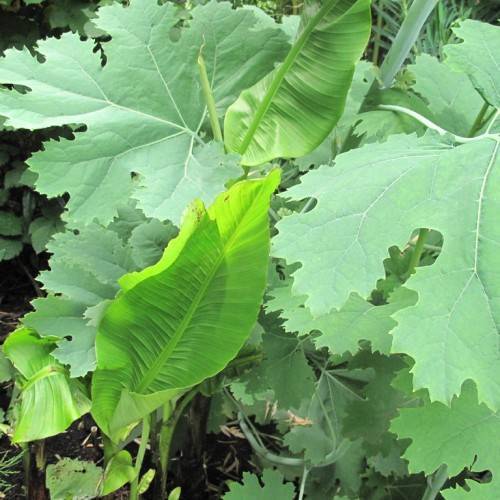
plume poppy
Macleaya cordata
Cycle:
Herbaceous Perennial
Watering:
Average
Hardiness Zone:
3 - 8
Flowers:
Flowers
Sun:
Full sun,part shade
Soil:
Rocky , gravelly , dry, Well-drained
Fruits:
Fruits In Autumn Ready In
Leaf:
Yes
Growth Rate:
High
Maintenance:
Low
Poisonous To Pets:
Yes
Drought Tolerant:
Yes
Salt Tolerant:
Yes
Thorny:
Yes
Invasive:
Yes
Care Level:
Medium
watering
Plume poppy (Macleaya cordata) should be watered when the top layer of soil is dry. The amount of water needed will depend on the season and how much sun the plant receives. In the spring and summer months, a heavy watering once a week is recommended, while in the fall and winter months, you should wait 2 weeks before watering. If the soil looks wilted and feels dry to the touch, it should be given a good soak.
sunlight
Plume poppy (Macleaya cordata) prefers full sun, or at least 6-8 hours of direct sunlight each day. This plant thrives in warmer temperatures and will struggle to survive in areas with cold, damp weather. It does best in well-drained soil, so if the soil is sandy or loamy and does not hold water, the plant will be better-suited to the environment. A good rule of thumb is to ensure the soil is moist but not soggy. Depending on where the plant is located, it may need to be protected from strong winds.
pruning
To maintain the good health and vigorous growth of plume poppy, pruning should be done within 6 to 8 weeks after the flowering period has concluded. Pruning should be done selectively, focusing on dead, damaged, or diseased stems. Care should be taken not to remove too much healthy foliage, as this can reduce flowering in the succeeding season. Removal of spent flowers also encourages re-blooming in some varieties of this plant. To keep this plant from overtaking its surroundings, pruning should be done judiciously, removing no more than 20-30% of the total foliage.
